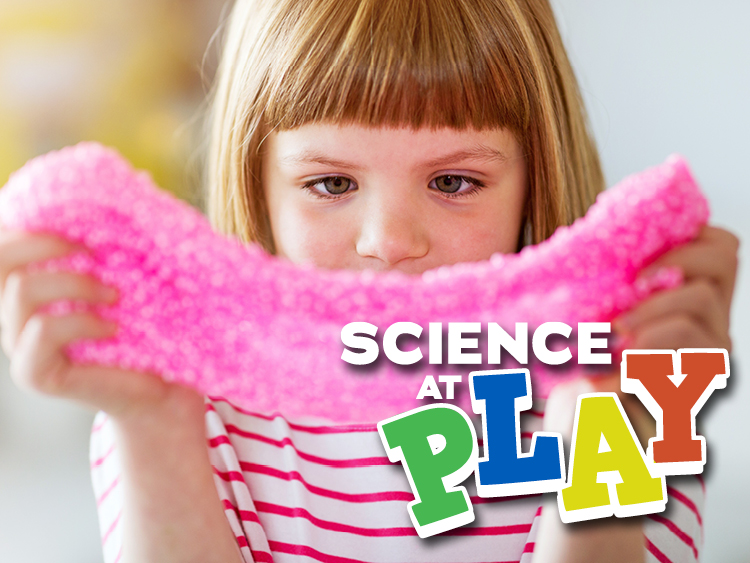We are just full of tricks this week- and today it is time for another one. It only takes a few materials- and a little science- to completely amaze and stump your friends and family. Friction rice is a great activity for anyone in the family, and is very simple to set up. Keep watching to see exactly how to do it.
Materials to Collect
- Uncooked rice
- Plastic bottle
- Pencil, pen, chopstick, or wooden dowel
- Funnel (optional)
Try it!
- Start by filling the plastic bottle to the top with uncooked rice. Make sure to fill the bottle all the way to the top. (Optional: use a funnel for easier filling)
- Use the flat end of the pencil to press on the rice to compress tightly into the bottle
- Once the rice is packed down inside the bottle, insert the pencil’s end into the opening of the bottle and push it all the way down to the bottom.
- Grab and lift the pencil up slowly.
What is the Science?
As you start to fill the bottle with rice, small air pockets form between the rice grains and the bottle. As you use the pencil to compress the rice inside of the bottle, you force the rice grains to rub closer together with little to no air pockets in between. Once you lift the pencil, the friction causes the pencil to “stick” in the rice. Friction is a force of resistance when one object’s surface moves over another’s. The amount of friction depends on what materials from the two surfaces are made of. The rougher the surface, the more friction is produced.
When the rice is compacted down, the friction between the rice and the pencil is strong enough to hold the pencil in place, allowing you to pick up the whole bottle with the pencil. Friction between the rice and the pencil is greater than the gravitational pull acting on the rice and the bottle.
Ask Your Young Scientists
- What would happen if you tried different size grains?
- What is the easiest way to make the chopstick stick? What would happen if you tried inserting the pencil from different angles or shaking the bottle a little?
More to Explore
owlcation: Friction Experiments at Home– Follow along with simple try at home experiments to help explore friction.
Science for Kids: Exploring Ramps and Friction:– Explore ramps, angles, and friction with just a few simple materials. This physics activity is a fun way to introduce friction, ramps, and angles to kids through hands-on play!
This content was made possible in part by the Institute of Museum and Library Services.
Share your experiments with us by tagging us with #ScienceAtPlay and #CTScienceCenter, we would love to see what you find!

Justin Riley is the Teen Programs Coordinator and STEM Educator at the Connecticut Science Center, where he works closely with high school students giving them access to STEM and leadership programming. Justin graduated from the University of Hartford with his Bachelors in Electrical Engineering Technology and a Masters degree in Counselor Education and Student Development. Justin has worked several years with a wide range of students from pre-k to college. His love of engineering and mentoring led him to the Connecticut Science Center where he gets to use his many talents to work and connect with the students in the Greater Hartford area. When he is not helping to run the teen program, he spends his time traveling and spending close time with family and friends.

Aoife Ryle is a STEM Educator at the Connecticut Science Center. In addition to working with school groups, she works with our Teen Program, Overnights department, and shoots weekly science segments for WFSB. She has a degree in Bioengineering from the University of Maine and has a personal interest in the life sciences and engineering which makes bioengineering a perfect crossover.


